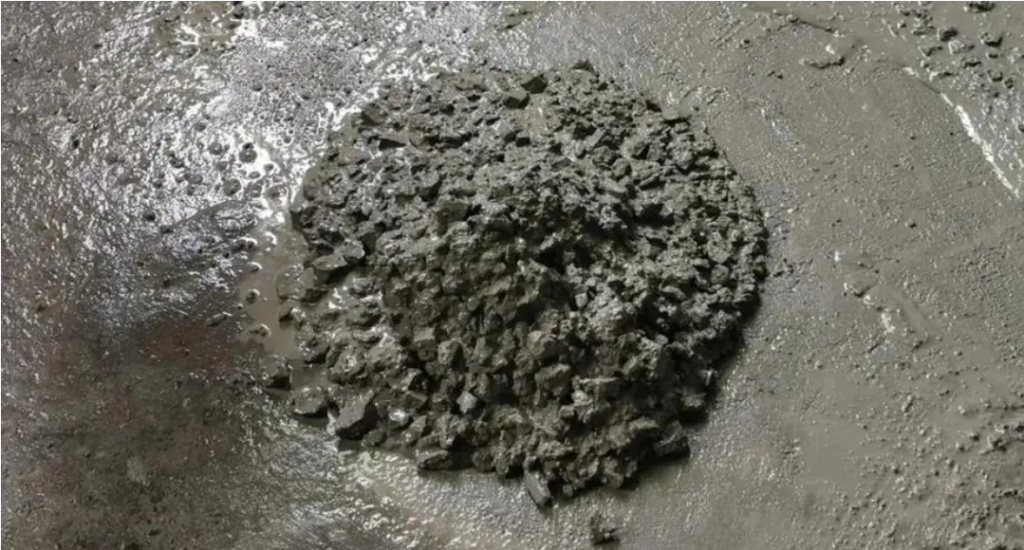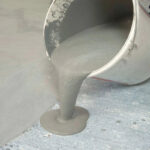I've been working in this industry for over ten years.I understand the significance of concrete admixtures in enhancing the performance and durability of concrete structures. However, the success of using these admixtures lies in their proper application. Unfortunately, many construction professionals fall victim to misconceptions and non-standard practices that hinder them from achieving the desired results.

In this comprehensive guide,I'll highlight some common misunderstandings that occur during the use of concrete admixtures and provide valuable insights on how to avoid them.
- Misunderstanding: Over-reliance on Water-Reducing Admixtures
- Misunderstanding: Disregarding Admixture Compatibility
- Misunderstanding: Inadequate Quality Control Measures

Misunderstanding: Over-reliance on Water-Reducing Admixtures
One prevalent misconception is that water-reducing admixtures alone can significantly improve concrete performance. While these admixtures do enhance workability and strength, excessive reliance on them can lead to unforeseen consequences. Overuse of water-reducing admixtures may result in extended setting times, reduced early strength gain, and even compromised durability.
Avoidance:
To avoid this misunderstanding, it's essential to use water-reducing admixtures judiciously, adhering to recommended dosage rates specified by manufacturers. Additionally, consider complementing them with other admixtures, such as superplasticizers or air-entraining agents, to achieve the desired concrete properties without compromising performance.

Misunderstanding: Disregarding Admixture Compatibility
In the haste of meeting project deadlines, some professionals may overlook the importance of admixture compatibility with cement and other additives. This oversight can lead to chemical incompatibilities, resulting in reduced effectiveness of the admixture or even concrete quality issues.
Avoidance:
Before introducing any admixture, conduct thorough compatibility tests to ensure it interacts harmoniously with other materials in the mix. Consult with admixture manufacturers and perform trial batches to assess the performance of the concrete under different conditions.

Misunderstanding: Inadequate Quality Control Measures
Another critical misunderstanding is neglecting proper quality control during the concrete production process. Lack of attention to detail can lead to inconsistent admixture dosing, uneven distribution, and ultimately, unreliable concrete performance.
Avoidance:
Implement stringent quality control measures to ensure accurate admixture dosing and thorough mixing. Regularly test fresh and hardened concrete properties to verify compliance with project specifications. Invest in skilled personnel who understand the intricacies of admixture application.

Conclusion:
To harness the full potential of concrete admixtures, it is crucial to be aware of these common misunderstandings and take proactive steps to avoid them. By using admixtures judiciously, ensuring compatibility, and maintaining robust quality control, construction professionals can unlock the true benefits of these additives, resulting in durable and high-performance concrete structures. Remember, knowledge is the key to success in the world of concrete admixture application.
If you read the article and want to communicate with us, or have other related questions, you can send an email







